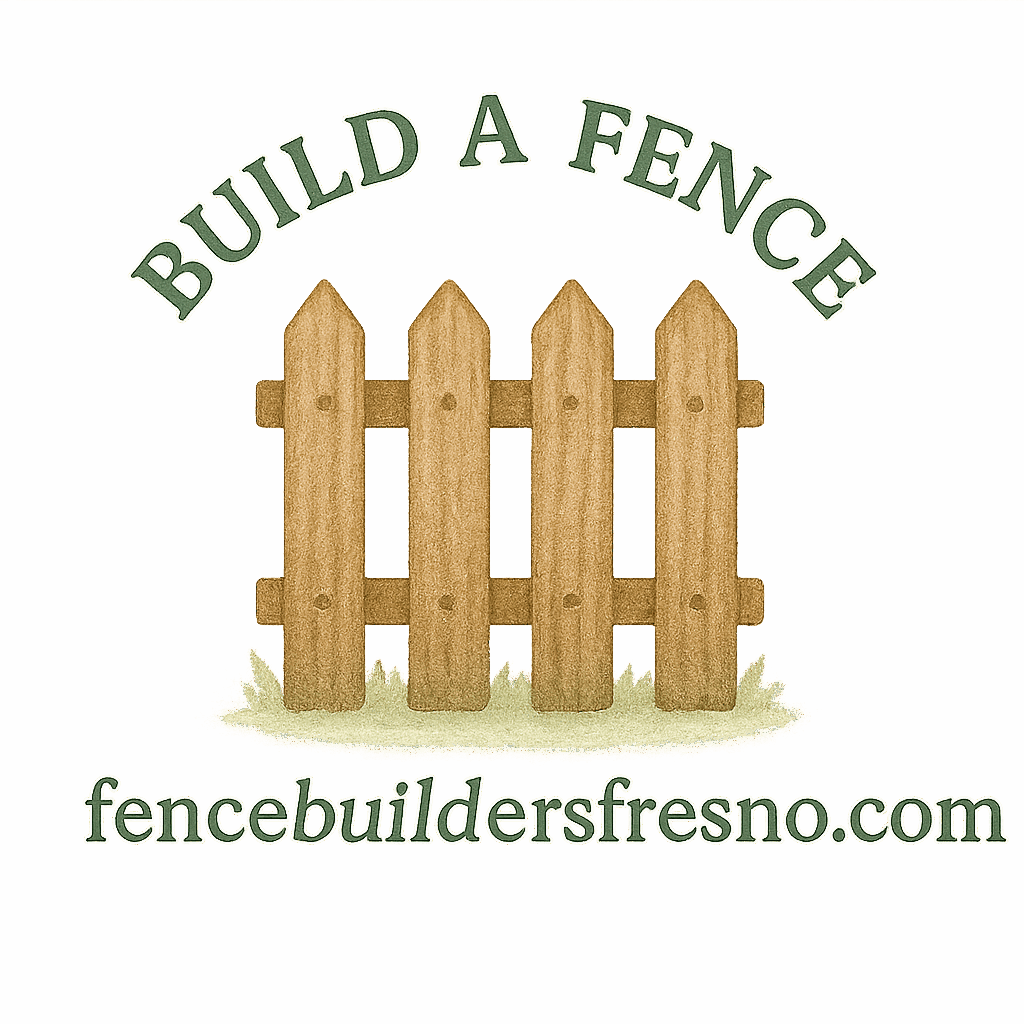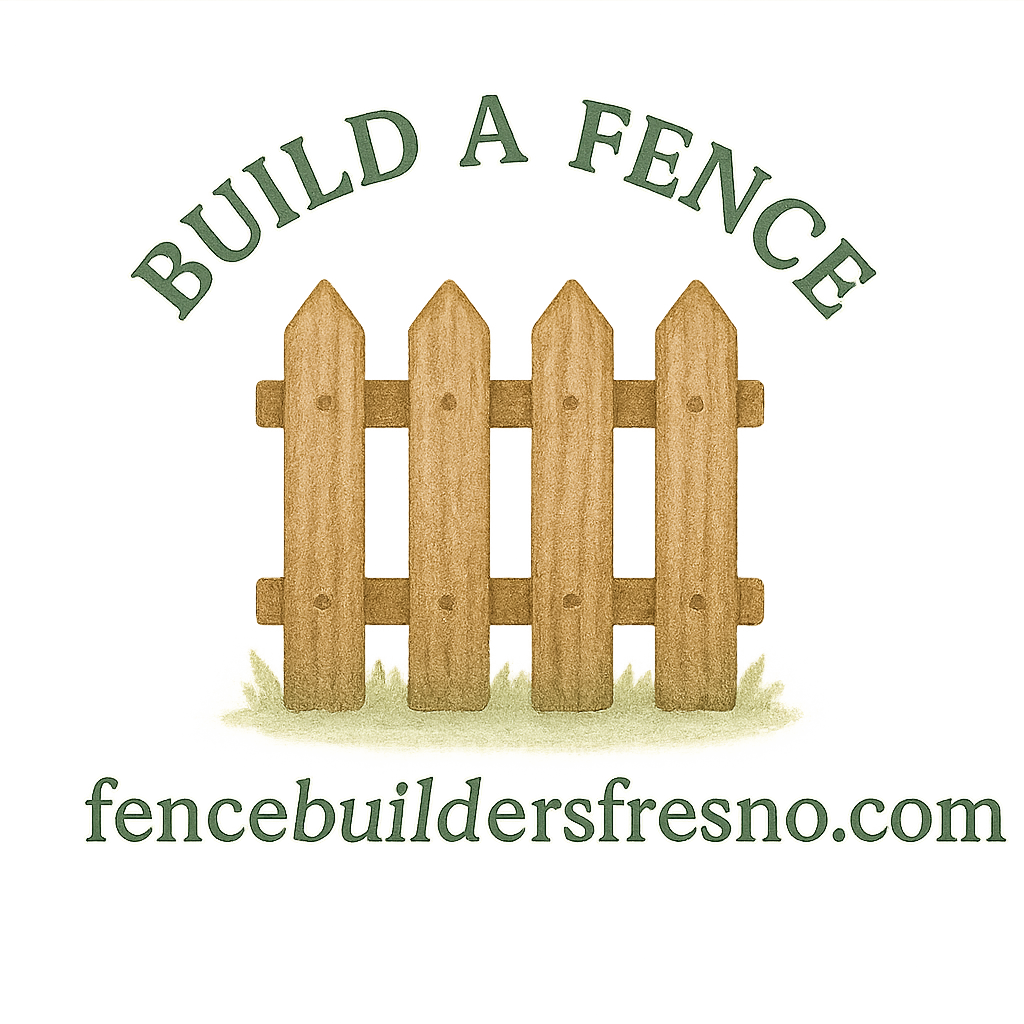Introduction: Why Affordable DIY Fencing Matters
Fencing doesn’t have to drain your wallet. Whether you want to boost curb appeal, add privacy, or simply mark property boundaries, affordable DIY fencing can be both functional and stylish. With the right materials, you can build a sturdy fence without spending thousands on professional installation. The trick lies in choosing cost-effective materials that balance durability, maintenance, and design.
If you’re unsure where to start, don’t worry—we’re diving into the 7 best affordable materials for DIY fencing that will help you plan and install your fence like a pro.
Key Factors to Consider Before Choosing DIY Fencing Materials
Before picking your fencing material, think beyond the upfront cost. Here’s what to keep in mind:
Budget and Cost-Effectiveness
Some fences look cheap at first but demand costly upkeep later. Focus on long-term value instead of just low initial prices.
Durability and Lifespan
Materials like vinyl and composite last longer than untreated wood. Durability helps you save on future repairs.

Maintenance Needs
Do you want a low-maintenance fence? Vinyl and composite require little upkeep, while wood needs sealing and staining.
Aesthetic Appeal
Fences should match your home’s style. A decorative fence boosts curb appeal, while a chain link works best for utility purposes.
Legal and Property Considerations
Check your property lines and local fence regulations. Legal fencing rules may affect fence height, placement, and style.
Affordable Fencing Material #1: Wood Fence Panels
Advantages of Wood Fencing
Wood remains a classic DIY fence material—affordable, versatile, and easy to install. It works perfectly for front yard fences or privacy fencing.
Drawbacks of Wood Fencing
Without regular wood fence care, it can warp, rot, or get termite damage.
Best Wood Types for DIY Fences
- Cedar (resistant to insects)
- Pine (budget-friendly)
- Redwood (durable but pricier)
👉 Learn more about fence building basics.
Affordable Fencing Material #2: Chain Link Fences
Why Chain Link is Budget-Friendly
Chain link fencing is one of the cheapest options. It’s practical for securing large yards without breaking the bank.
Customization Options
You can add vinyl slats, privacy screens, or climbing plants to enhance its look. Explore more about fence types and comparisons.
Affordable Fencing Material #3: Vinyl Fence
Low-Maintenance Benefits
Vinyl fencing is a low-maintenance fencing solution—no painting, staining, or sealing needed. Just a quick wash keeps it fresh.
Cost vs. Longevity
Although vinyl costs more upfront, it lasts decades with minimal upkeep, making it a cost-effective DIY choice. Learn about vinyl fence advantages.
Affordable Fencing Material #4: Bamboo Fencing
Eco-Friendly Features
Bamboo is a sustainable fencing material and a great choice for eco-conscious homeowners.
Style and Aesthetic
Perfect for decorative fences, bamboo creates a natural, exotic look while remaining affordable.
Affordable Fencing Material #5: Composite Fencing
Strength and Durability
Composite fences mix wood fibers and recycled plastic, creating a durable fencing solution.
Budget-Friendly Considerations
Although slightly pricier than wood, composite saves money in the long run due to its low-maintenance design.
Affordable Fencing Material #6: Pallet Fencing
Repurposing for Savings
Pallets are often free or cheap, making them one of the most affordable DIY fence materials.
Creative Designs with Pallets
Paint, stain, or arrange pallets creatively to add charm to your yard. Check out DIY fence ideas.
Affordable Fencing Material #7: Welded Wire Fencing
Farm-Style and Garden Uses
Perfect for garden fencing, welded wire keeps pets and small animals in (or out) without spending much.
Simple Installation
Just attach wire panels to wooden or metal posts, and you’re done. Learn about durable fencing.
How to Plan Your DIY Fencing Project
Measuring Property Lines
Use surveys or consult your city office to avoid fence encroachment issues. More on property rights.
Tools and Equipment Needed
Shovels, post-hole diggers, levels, and hammers are essential for DIY installation.
DIY Fence Planning Tips
- Plan for gates early.
- Choose posts that fit your soil type.
- Factor in weather and terrain.
For details, see fence design planning.
Common Mistakes to Avoid with DIY Fencing
Ignoring Property Boundaries
Disputes often happen due to boundary fence misunderstandings. Always confirm your property line.
Choosing the Wrong Materials
Avoid picking materials that don’t suit your climate or budget.
Skipping Fence Maintenance
Every fence—cheap or expensive—needs care. Explore fence maintenance and repair tips.
Comparing Affordable Fencing Materials Side by Side
Cost Comparison Chart
- Pallet fencing: Free–$200
- Chain link: $5–$15 per foot
- Wood: $10–$30 per foot
- Vinyl: $20–$40 per foot
- Composite: $25–$45 per foot
- Bamboo: $10–$20 per foot
- Welded wire: $3–$8 per foot
Durability and Lifespan Analysis
- Vinyl: 20–30 years
- Composite: 25+ years
- Wood: 10–15 years (with care)
- Chain link: 15–20 years
- Bamboo: 7–10 years
- Pallet: 5–7 years
- Welded wire: 10–15 years
Legal and Property Considerations for DIY Fencing
Boundary Fence Rules
Boundary fences must often be shared between neighbors. Learn about boundary fence laws.
Property Rights and Encroachment
Avoid conflicts by respecting property lines and preventing fence encroachment.
Fence Height Regulations
Most cities limit front yard fences to 3–4 feet and backyard fences to 6–8 feet. Check your local codes.
Maintenance and Upkeep Tips for Affordable DIY Fences
Seasonal Care Practices
Clean debris, check for rot, and re-tighten wires regularly.
Extending the Lifespan of Materials
- Seal wood annually.
- Wash vinyl twice a year.
- Repaint pallets as needed.
Explore more upkeep tips.
Final Thoughts on Affordable DIY Fencing
Building your own fence doesn’t have to cost a fortune. From pallet fencing for creative DIYers to vinyl fences for low-maintenance homeowners, there’s an option for every budget. Just remember: plan carefully, choose wisely, and maintain regularly. Doing so will give you a fence that looks great, lasts long, and keeps costs low.
FAQs
1. What is the cheapest fencing material for DIY projects?
Pallet fencing and welded wire fences are usually the most affordable.
2. Which fencing material lasts the longest?
Vinyl and composite fences can last over 25 years with little maintenance.
3. Do I need a permit to build a fence?
In most areas, yes. Check local laws before starting your project.
4. Can I mix fencing materials to save money?
Absolutely—combining wood with welded wire is a popular cost-saving approach.
5. What is the best low-maintenance fencing material?
Vinyl is the easiest to maintain since it requires no painting or sealing.
6. How do I avoid disputes with neighbors about fences?
Always discuss plans with neighbors and confirm property lines beforehand.
7. What tools are essential for DIY fence installation?
A post-hole digger, level, hammer, nails, and protective gear are must-haves.


